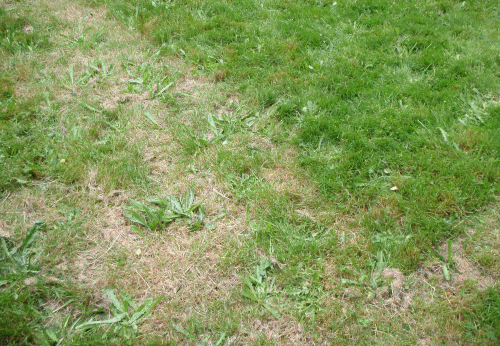












neoplasticity wrote:
Can I graft any citrus to another citrus?
find religion! church
kiva! hyvä! iloinen! pikkumaatila
get stung! beehives
be hospitable! host-a-hive
be antisocial! facespace








Idle dreamer




Brenda
Bloom where you are planted.
http://restfultrailsfoodforestgarden.blogspot.com/









find religion! church
kiva! hyvä! iloinen! pikkumaatila
get stung! beehives
be hospitable! host-a-hive
be antisocial! facespace




"the qualities of these bacteria, like the heat of the sun, electricity, or the qualities of metals, are part of the storehouse of knowledge of all men. They are manifestations of the laws of nature, free to all men and reserved exclusively to none." SCOTUS, Funk Bros. Seed Co. v. Kale Inoculant Co.












how to convert a chest freezer to a fridge
Where liberty dwells, there is my country. -- Benjamin Franklin




"the qualities of these bacteria, like the heat of the sun, electricity, or the qualities of metals, are part of the storehouse of knowledge of all men. They are manifestations of the laws of nature, free to all men and reserved exclusively to none." SCOTUS, Funk Bros. Seed Co. v. Kale Inoculant Co.




how to convert a chest freezer to a fridge
Where liberty dwells, there is my country. -- Benjamin Franklin




 The chickens won't eat them because they don't come out until the chickens go to sleep. (BTW, it's usually best to trim your trees so the branches don't touch fences and don't touch each other--it forces the rats to walk along the ground to get where they want to go, which they are much more reluctant to do, especially if there are open spaces they have to cross.)
The chickens won't eat them because they don't come out until the chickens go to sleep. (BTW, it's usually best to trim your trees so the branches don't touch fences and don't touch each other--it forces the rats to walk along the ground to get where they want to go, which they are much more reluctant to do, especially if there are open spaces they have to cross.)




Idle dreamer





Paul Cereghino- Ecosystem Guild
Maritime Temperate Coniferous Rainforest - Mild Wet Winter, Dry Summer








neoplasticity wrote:
I also started a garden and planted a bunch of brassicas this winter... kale, collard greens, swiss chard, etc.. SOMETHING ate them all up. I thought it was cabbage worms and maybe it was but I looked and looked and could not find any. Anyone have a clue what it might be? It's not rabbits.. it's definitely an insect of some sort because the leaves look moth eaten with holes everywhere... what can i do?!










 they're a pain but if you plant out seedlings a bit bigger than usual and space further apart it helps.
they're a pain but if you plant out seedlings a bit bigger than usual and space further apart it helps.




Roger Merry wrote:Hi
Glad you didn't remove all the trees and shrubs - they're giving you a cooler, moister microclimate and are a big plus. lifting canopies a bit over time maybe worth while but you're not short of sunlight !!
only remove what you can replace straight away - "slow and steady wins the race" and all that
Why are American gardeners so fond of English ivy ?? its a pain in the butt here, seems an odd choice of plant to take out to the US .............. sorry on behalf of English men every where !!
once you've removed the top growth of ivy ( I use an old mower) then chickens will clear the remnants as it grows back, if you keep them on a small area at a time. But you'll have a big seed load in the soil that'll regrow over the years ............ get a good hoe and keep it sharp
I've got flea beetles toothey're a pain but if you plant out seedlings a bit bigger than usual and space further apart it helps.
Good luck and keep us posted
roger
 Hopefully you've found this info since your last post here, but I thought I'd add it anyway.
Hopefully you've found this info since your last post here, but I thought I'd add it anyway.













|
I don't have to be what you want me to be --Muhammad Ali ... this tiny ad is coming for you:
2024 Permaculture Adventure Bundle
https://permies.com/w/bundle
|




